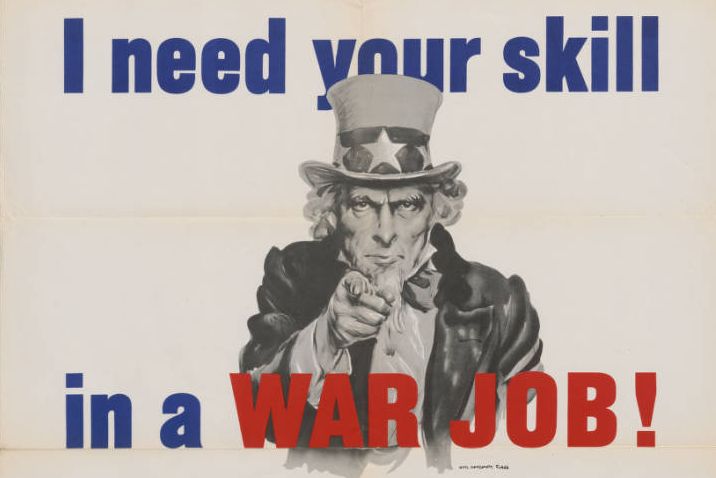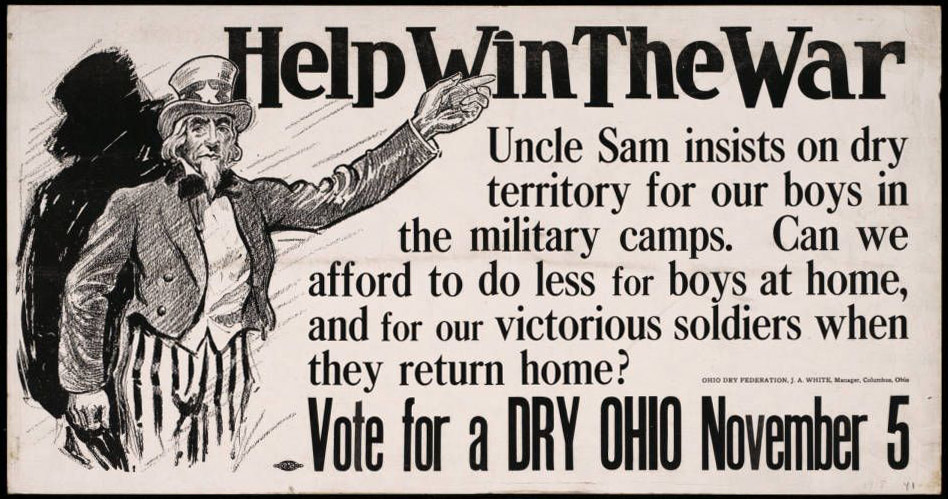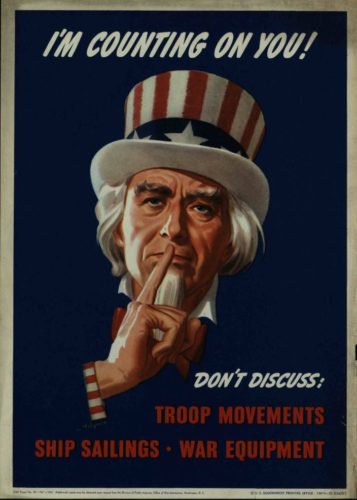Uncle Sam: The Man, the Myth, and the Legend

The image of Uncle Sam has long been a part of the American iconography. A bearded man, decked out in red, white, and blue and sporting a patriotic top hat proclaims “I want YOU” to enlist in the U.S. Army; to keep the cost of living down; to work wartime jobs as a civilian; and a variety of other tasks and activities. But where did Uncle Sam come from? How did he come to represent the country and its determined spirit?

The image of Uncle Sam was first imagined by political cartoonist Thomas Nast in the 1860s, and it continued to evolve over the course of Nast’s career, eventually to be clad in a stars-and-stripes suit and with a white beard. However, Uncle Sam originated several decades earlier, during the War of 1812. Samuel Wilson, a meat packer in Troy, New York, provided the US Army with barrels of meat, stamping each barrel with the letters “U.S.” for United States. Soldiers soon began referring to the meat as “Uncle Sam’s” and the term was picked up by a local newspaper. Soon after, “Uncle Sam” became a nickname for the U.S. federal government.

Over the decades, the image of Uncle Sam continued to gain traction as a representation of the government, and soon was used as part of wartime propaganda. During World War I, the image with which we’re most familiar – Uncle Sam with a white, star-spangled top-hat, as seen in this World War II-era poster – was first used to tell American men that the United States wanted them to join the Army. Uncle Sam also asked Ohio to vote for temperance, “insisting” on a dry Ohio for “our boys in the military camps,” and sold war bonds during this time, as well. During World War II, Uncle Sam advocated for consumers paying no more than “ceiling prices,” (price controls put in place to control inflation), and implored Americans to not divulge secrets on U.S. troop movements and activities.
Uncle Sam also represents the United States in a 1943 pamphlet on the U.S. federal census, entitled Uncle Sam: How He Grew. It spans 150 years – 1790 to 1940 – of shifts in American life, using data collected by the decennial date to track changes and trends. In addition, the pamphlet gives us a peek behind the scenes at choosing questions for each census:
More than 6,000 questions were submitted for the 1940 schedules. They ranged from the desire of cosmetic makers to know the number of blondes, brunettes, and redheads, through the yearning of the cemetery operators to find out how many people own burial plots, to the religious groups which wanted each person asked if he believed in God.
Uncle Sam’s official inquirer sifts out the impractical, the nonessential and the purely crank questions, leaving the minimum number deemed significant and practicable. Then, lest these decisions be called arbitrary or bureaucratic, they are reviewed by citizens’ advisory committees of nationally known statisticians, scientists, representatives of business, industry, labor, and the public at large.
In the 204 years since Uncle Sam made his debut, he has become synonymous with patriotism and pride and the American spirit. And imagine: it all began with a meat packer from New York!
Thank you to Shannon Kupfer, Digital Initiatives Librarian at theState Library of Ohio, for this week’s post!
Source: This Day in History: September 07; “United States Nicknamed Uncle Sam” (History Channel, 2017).



Leave a Reply
You must be logged in to post a comment.